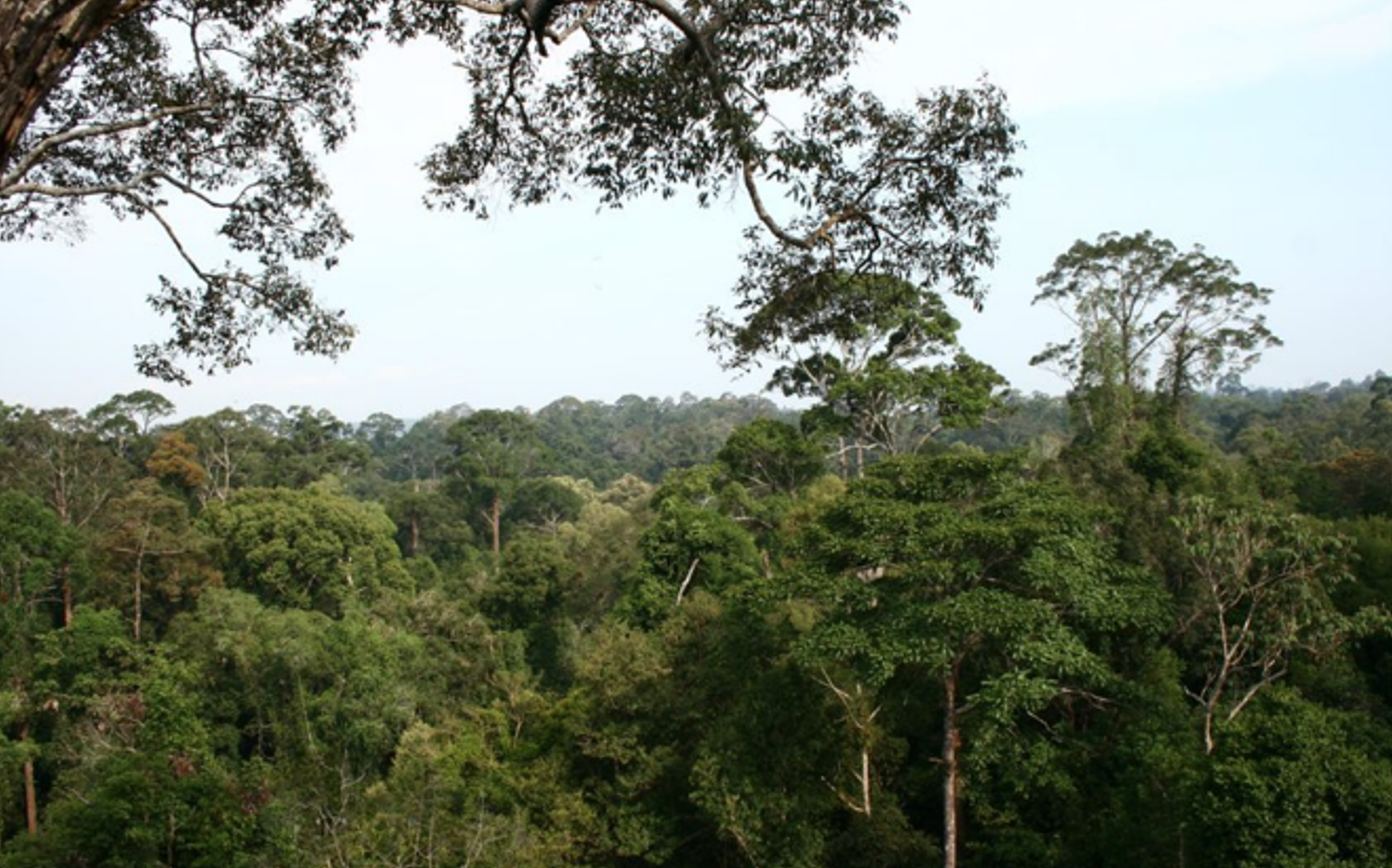Berau District has the plantation land-use governance strengthened

With the technical support from the BMU project Low-emissions oil palm development in Berau District (LEOPALD), Berau District Government, Indonesia, continue improving its land-use governance capacity. It aims for net-zero deforestation in 2021-2026, applying the risk-based approach in district-wide HCV area management, also forming and training a local team for land-use change monitoring. This initiative could save up to 85,000 ha (more than double the area of Bremen) of forested land, which is otherwise eligible for oil palm development.
Berau District Government continue improving its institutional capacity on land use and plantation sector governance. Following the District Regulation No. 3/2020 on Sustainable Plantation Development and the Enactment of the 83,000 ha of indicative high conservation value (HCV) area in the district plantation zone through the Bupati Decree 287/2020, the district government is preparing for setting a net-zero deforestation target in 2021-2026. The district head also improves the business licensing procedures and establishes a team for land-use change monitoring.
According to the last draft of the mid-term development plan 2021-2026, the Berau District Government wants to maintain the current level of forest cover ratio until 2026. Working together with the plantation concessions for HCV area management is one of the programs to meet the target. The Estate Crop Office of the District Government uses some elements in the latest draft of the sustainable district plantation plan (which is supported by the project) to contribute to the district mid-term development plan process.
Through the Decree No. 213/2021 dated 11 May 2021, the Bupati of Berau introduces suitability criteria in the standard operating procedure (SOP) for preliminary assessment of land-use related permit applications. The suitability criteria and the SOP promote the risk-based approach in HCV area identification and management. It stipulates the use of the 2020 indicative HCV area map as a reference in suitability assessment. If a proposed concession area overlaps with the indicative map, the permit applicants shall apply the site-level HCV assessment process. In the case the site-level assessment confirms HCV areas in the proposed permit boundary, the applicant shall manage and protect the HCV areas. For standardisation of data reference, the decree endorses the web-based screening tool that allows applicants and the district government office responsible for the licensing process (DPMPTSP) to conduct a simple overlap analysis using the approved spatial data set. There are nine approved spatial data sets stored in the server, including the district spatial plan, state forest zone designation, permits (location, business, and cultivation right), land cover, agroecosystem suitability, indicative HCV area, and village land use plan. The project (collaborative efforts between GIZ and Yayasan Konservasi Alam Nusantara (YKAN)) supported the district government in developing the web-based screening tool and drafting the decree. The project has supported training for the officers in DPMPTSP for using the web-based screening tool in June 2021.
To monitor the local government performance related to the environment, including the forest cover ratio and greenhouse gas emissions, the Bupati of Berau also issued Decree No. 256/2021 on 9 June 2021. It establishes the cross-offices team and endorses the SOP as the guidance for the team operation. According to the procedure, the monitoring team will use the land cover map from the Ministry of Environment and Forestry as the primary reference. The team will increase the accuracy of the map through remote sensing and field assessment.
Contact person:
Iwied Wahyulianto – Professional
Low-Emissions Oil Palm Development in Berau District (LEOPALD)
Tags: palm oil, biodiversity, high conservation value
Key buzzwords: palm oil, biodiversity, high conservation value

